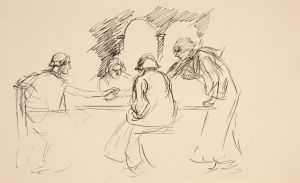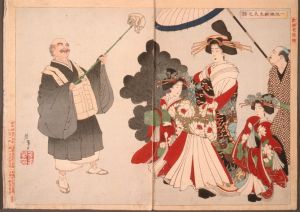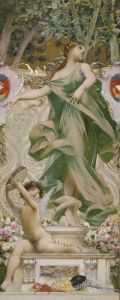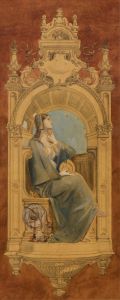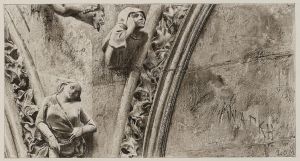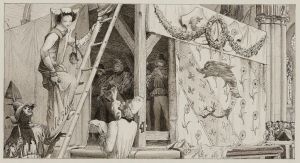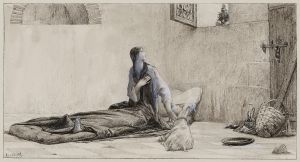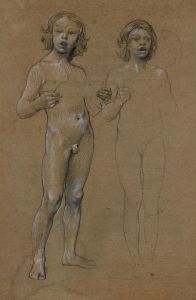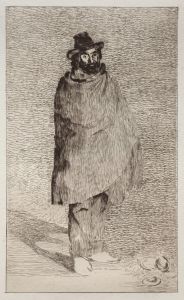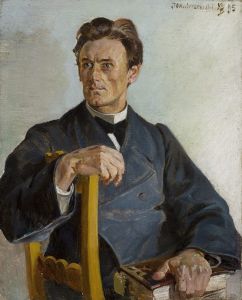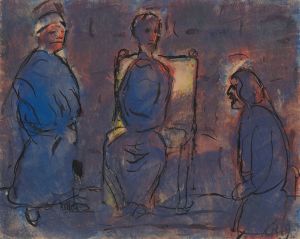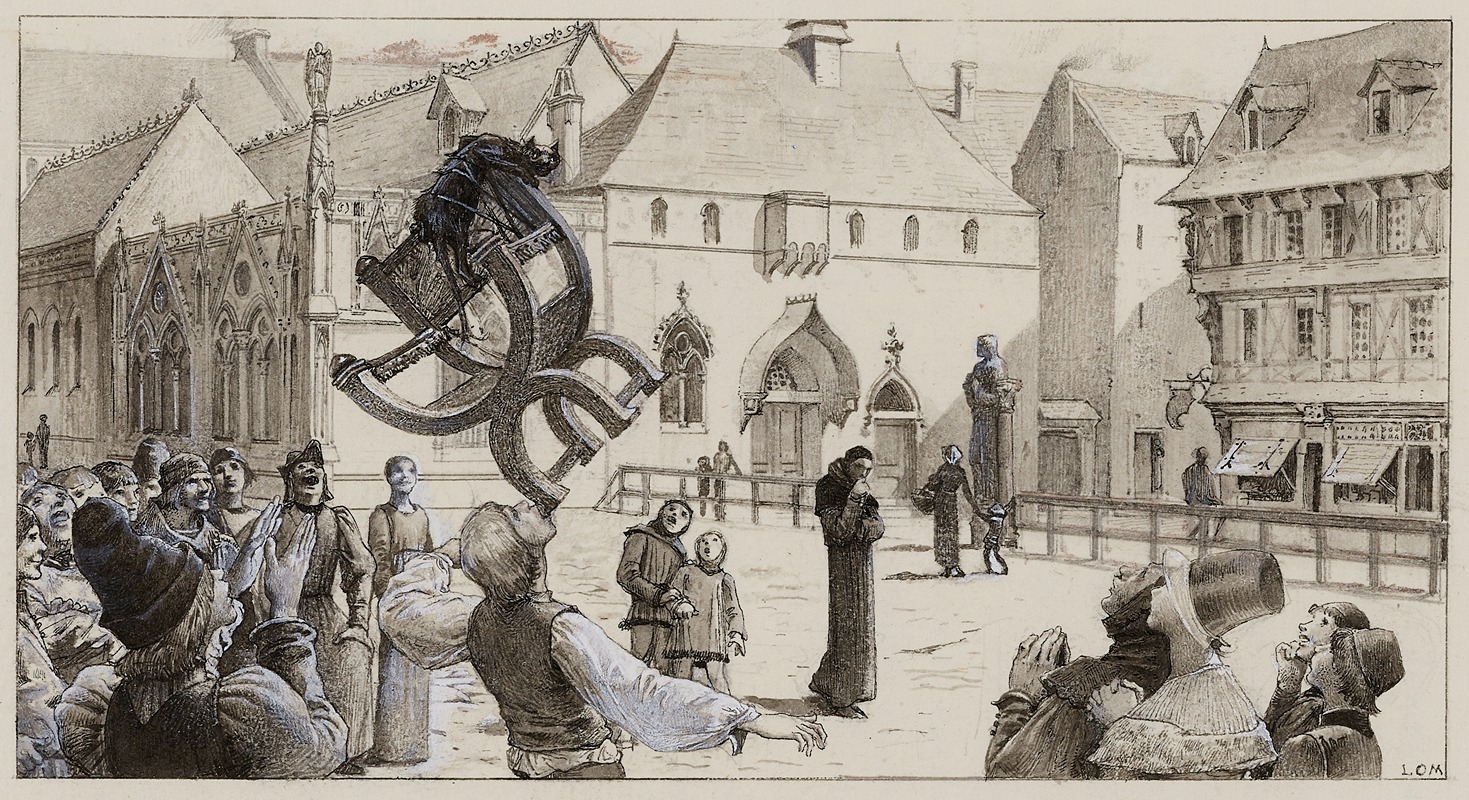
Qu’un prêtre et un philosophe sont deux
A hand-painted replica of Luc-Olivier Merson’s masterpiece Qu’un prêtre et un philosophe sont deux, meticulously crafted by professional artists to capture the true essence of the original. Each piece is created with museum-quality canvas and rare mineral pigments, carefully painted by experienced artists with delicate brushstrokes and rich, layered colors to perfectly recreate the texture of the original artwork. Unlike machine-printed reproductions, this hand-painted version brings the painting to life, infused with the artist’s emotions and skill in every stroke. Whether for personal collection or home decoration, it instantly elevates the artistic atmosphere of any space.
Luc-Olivier Merson (1846-1920) was a French academic painter and illustrator, known for his detailed and often allegorical works. One of his notable paintings is "Qu’un prêtre et un philosophe sont deux" (A Priest and a Philosopher are Two), which exemplifies his skill in capturing complex themes and his meticulous attention to detail.
The painting, created in the late 19th century, reflects Merson's interest in the interplay between religion and philosophy, a common theme in his work. The title itself suggests a dichotomy or a dialogue between two different worldviews: the religious and the philosophical. This theme was particularly relevant during Merson's time, a period marked by significant intellectual and cultural shifts in France, including the rise of secularism and the questioning of traditional religious authority.
In "Qu’un prêtre et un philosophe sont deux," Merson employs his characteristic style, which combines realism with a certain degree of idealization. The painting likely features a priest and a philosopher engaged in a discussion or depicted in a manner that highlights their contrasting roles. Merson's use of light and shadow, as well as his attention to the details of the figures' clothing and expressions, would serve to emphasize the differences and perhaps the underlying connections between the two characters.
Merson was a student of the École des Beaux-Arts in Paris and studied under influential artists such as Gustave Chassevent and Isidore Pils. His work was well-received in academic circles, and he won the prestigious Prix de Rome in 1869, which allowed him to study in Italy. This experience influenced his artistic development, as he was exposed to Renaissance art and the works of the Old Masters, which can be seen in the classical composition and technique of his paintings.
Throughout his career, Merson received numerous commissions for public and private works, including murals, illustrations, and designs for postage stamps and currency. His ability to convey complex narratives through his art made him a sought-after artist in various fields. "Qu’un prêtre et un philosophe sont deux" fits within this broader context of Merson's oeuvre, showcasing his talent for blending narrative depth with visual precision.
The painting is part of Merson's broader body of work that often explored historical, religious, and mythological themes. His approach to these subjects was informed by his academic training and his interest in the symbolic and allegorical potential of art. Merson's works are characterized by their meticulous detail, careful composition, and the ability to evoke a sense of timelessness.
Luc-Olivier Merson's contributions to art extend beyond his paintings. He was also a respected teacher and served as a professor at the École des Beaux-Arts, influencing a new generation of artists. His legacy is preserved in various museums and collections, where his works continue to be studied and appreciated for their technical mastery and thematic richness.
In summary, "Qu’un prêtre et un philosophe sont deux" by Luc-Olivier Merson is a significant work that encapsulates the artist's interest in the dialogue between religion and philosophy. Through his detailed and thoughtful approach, Merson invites viewers to reflect on the complex relationship between these two spheres of thought.





